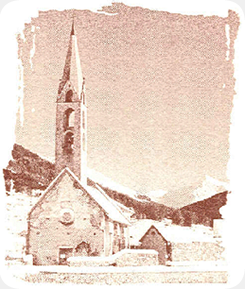Speaker
Description
Halo nuclei are exotic nuclear structures found far from stability near the dripline. In standard reaction models, halo nuclei are described as simple two or three-body systems: an inert core with one or two weakly bound neutrons.
However, some breakup data suggest that the structure of the core, and in particular its excitation to its excited states, can play a role in the dynamics of the reaction [1].
In this talk, we propose a simple structure model to account for that effect in the case of the typical one-neutron halo nucleus 11Be. To improve our description of the 10Be core without resorting to a fully microscopic model that is numerically expensive, we use a collective one: the rigid rotor [2].
We assume the core to be weakly deformed, which we treat at the first order of perturbations to account for its 2+ first excited state, and we add this degree of freedom to the halo effective field theory description of 11Be developed in [3].
Our first results indicate that if the LECs of the model are fitted to reproduce the long-range part of the overlap wave function of the ground state of 11Be computed ab initio [4], a good agreement can also be obtained with the ab initio s1/2 phaseshifts for the 10Be-n scattering up to about 3 MeV in the continuum compared to 1 MeV in the simple model of [3]. This would provide a model of halo nuclei both simple and reliable that could be used in reaction calculations for breakup and/or transfer. Such an improved few-body description of 11Be
would enable us to efficiently study the influence of core excitation in nuclear reactions. Moreover, since the LECs are fitted to the ab initio calculation [4], this would provide a clean test of its predictions.
[1] R. de Diego, et al., Phys. Rev. C 95, 044611 (2017).
[2] F.M. Nunes, et al., Nucl. Phys. A 596, 171 (1996).
[3] P. Capel, et al., Phys. Rev. C 98, 034610 (2018).
[4] A. Calci, et al., Phys. Rev. Lett. 117, 242501 (2016).
| Topic | Nuclear Structure and Nuclear Astrophysics |
|---|

